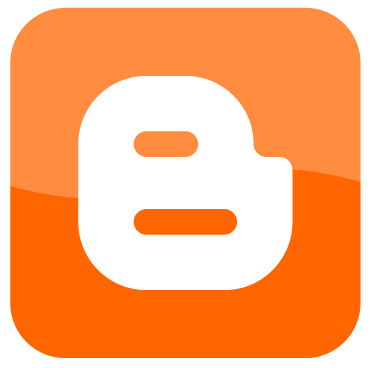
You can use BLOGS for so many different reasons.
Learn how to create a blog or many different blogs to enhance your student engagement.
-----------------------------------------------------------------------------------
Learn how to create a blog or many different blogs to enhance your student engagement.
-----------------------------------------------------------------------------------
First things first, you need to set up a Blogger account.
Follow this video to show you how to set up an account at http://www.blogger.com
Now that you have set up your Blogger Account, you can begin creating blogs.
The best part about blogging with Blogger is that you can create as many new blogs as you would like!!
HOW TO VIDEOS - adding cool features to your blog
Uploading a Video
Adding a YouTube Video
Adding Pictures
Customizing your Blogger Template
Post to Blog Using Email
Creating a Podcast with Blogger
How Can I Use This?
- Video
- You can embed videos from different websites like Ted Talks, YouTube, Vimeo, etc and then have learners respond to what they heard in the videos.
- You can create a video of an entry document, and add it to your blog. Learners can respond to the entry doc, or type in questions or concerns about the project in the comments area
- You could ask questions in video format and have learners respond
- You could add finished video projects of learners and have the other learners respond to finished product
- Create a how to video on a certain objective or TEK
- Upload a video of your lesson
- Learners can record themselves in a video response and post to class blog
- Facilitators could post video responses to student work through their blogs.
- Comments
- Type up a scenario as the blog post and allow learners to respond to it
- Ask questions
- Start a writing prompt, then have learners finish the story through the comments. You can have the learners continue where the last poster left off, or each learner can create their own story
- Have one learner create a blog about a project, or an idea or thought. The other learners can respond to their thoughts and give feedback on the project, or final product
- Each learner can create their own blog, and other learners can follow their thoughts (journal entries)
- Groups can have a blog that allows them to respond each day to how well their projects are going, or thoughts. Each learner can be responsible for a blog post each day, and the others can comment on their post for grades
- Post a link to a current event, and allow the learners to respond
- Create a "Study Hints" blog, where students can post hints they learned before a test or quiz
- Pictures
- Post pictures of learners presenting
- Post pictures of activities that you have going on in your classroom
- Post a picture that you can use as a discussion starter in class
- Have learners post pictures of their project in process by using the email posting feature
- Post pictures of a science lab, as a how to
- Take your PowerPoints and create jpgs from each slide and post them in order for a quick reference
- Other
- Embed podcasts (from podcast machine, or other websites)
- Create a class blog, and use it for announcements, updates, and due dates
- Learners can have their own blog and use it as a journal, and/or peer review
- Learners can mentor younger students by helping review posts, and information on blogs
- Create a learner portfolio with a blog. They can keep track of their learning through blogging. They can blog about their projects and then embed their videos, presentations and responses.
- Learners can follow each other's blogs
- Look for blogs about your specific content area. Maybe there is an expert out there who blogs about what they are doing?
- Create a "Week in Review" where the learner would write about their week, and what they have been doing
- Have learners read an article, and then create a post where they can respond about the article they just read.
- Post a statement with no supporting facts. Have the learners find facts to support or refute the statement. They can send links, videos, or other information that will support their opinions.
- Post a link to a website, and then allow the learners to evaluate the site. Is it a good site? why? Does the site show bias?
- Make a "suggestion box" blog, and allow learners to contribute ideas to make the classroom better
- Create a "Questions" blog, where learners can ask questions about class, or a project, or assignment.
- Vocabulary - create a blog post every day or every week with a new vocab word, have learners comment by using it in a sentence.
- Find another class or school reading the same book, or learning about the same topic and share their thoughts and ideas with each other.


